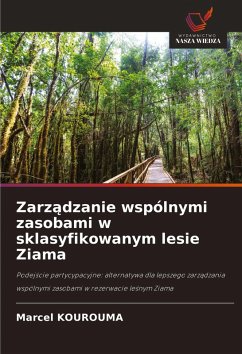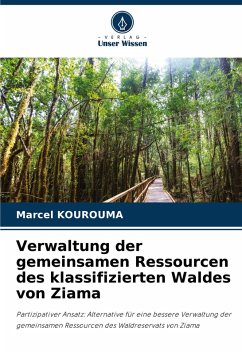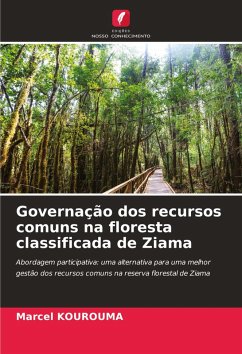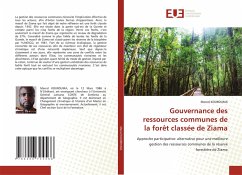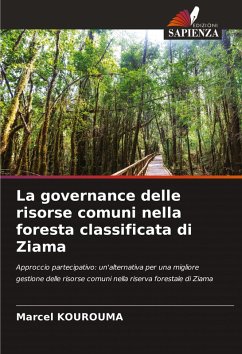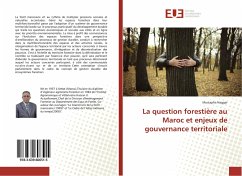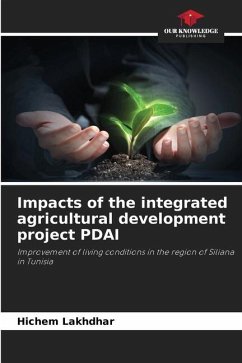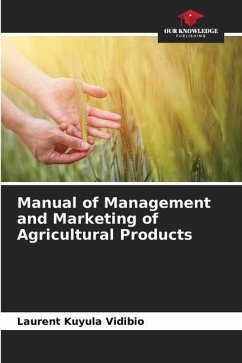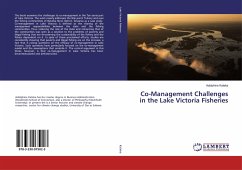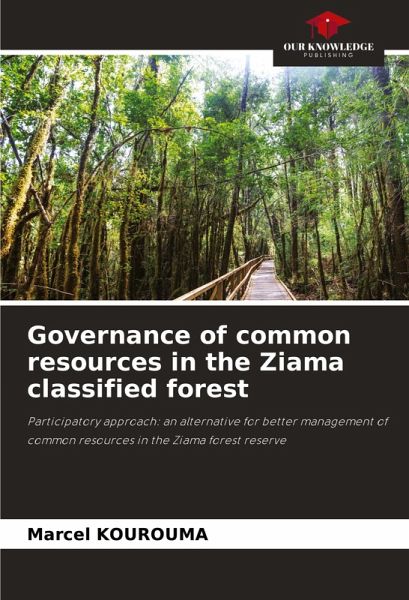
Governance of common resources in the Ziama classified forest
Participatory approach: an alternative for better management of common resources in the Ziama forest reserve
Versandkostenfrei!
Versandfertig in 6-10 Tagen
40,99 €
inkl. MwSt.

PAYBACK Punkte
20 °P sammeln!
The management of common resources requires the effective involvement of all stakeholders, in order to avoid all forms of opposition. The Ziama massif, the subject of our study, has been a classified forest since 1942. It is located in the south-eastern part of Guinea and is one of five forests in the region. Among these forests, only the Ziama massif represents a level of degradation of 27%. Considered the weakest of all Guinea's forests, the Ziama massif was classified as a biosphere reserve by UNESCO in 1981. Given its ecological wealth, concerted management of its resources to maintain its...
The management of common resources requires the effective involvement of all stakeholders, in order to avoid all forms of opposition. The Ziama massif, the subject of our study, has been a classified forest since 1942. It is located in the south-eastern part of Guinea and is one of five forests in the region. Among these forests, only the Ziama massif represents a level of degradation of 27%. Considered the weakest of all Guinea's forests, the Ziama massif was classified as a biosphere reserve by UNESCO in 1981. Given its ecological wealth, concerted management of its resources to maintain its status as a climatic regulator is an imperative. Except that sincethe classification to the present day, it has been an area of conflict between various players, including the State, local communities and non-natives. The Guinean state, having inherited the management methods imposed by the colonial power, continues to seek unilateral management of the forest's resources, while excluding the local communities. As a result, conflicts are multiplying.





